わび・さびとは日本独自の美意識を表した言葉です。なかなか英語に訳しにくい言葉ですよね。
この記事では、わび・さびをどう英語で説明すればいいか、いくつかのフレーズをご紹介していきます。
英語の記事:
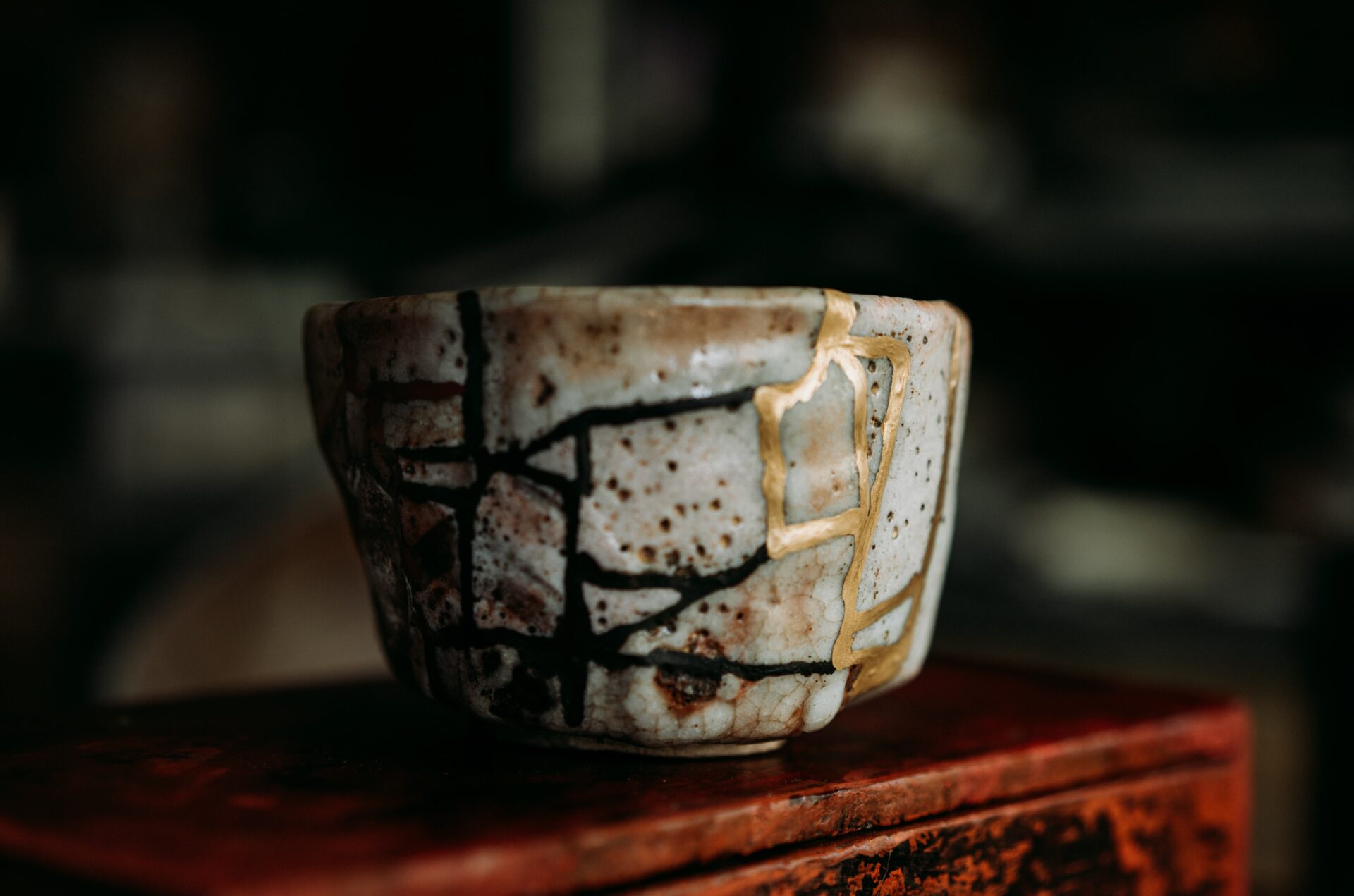

【この記事を書いているのは…】
石井 政章(いしい まさあき)
元ホテルマンです。リゾートホテル、シティホテルで主にフロントスタッフとして働いていました。
ホテルで働こうと思ったきっかけは、海外が好きで英語を活かしたいのと人を喜ばせたいという想いがあったからです。
現在は退職しWebライターとして活動しています。
「わび・さび」とは何かを英語で説明する
Wabi-sabi is a Japanese expression referring to an aesthetic concept of perceiving beauty in imperfection.
わび・さびとは、不完全なものに美しさを見出す美意識のことです。
Wabi and sabi, the compounds that make up this word, were originally used as separate concepts.
この言葉を構成する「わび」と「さび」は、もともとは別の概念として使われていました。
The former word denotes the beauty of the simple and the rustic, while the latter holds the meaning of deterioration by the passing of time.
前者はシンプルで素朴な美しさを、後者は時間の経過による劣化を意味する言葉です。
Both terms were used in relation to living a reclusive life in the countryside.
どちらも、田舎で隠遁生活を送ることに関連して使われた言葉です。
Together, however, they indicate a concept of appreciation of the simplistic and impermanent aspects of life.
しかし、それは同時に、人生の簡素で無常な面を評価する概念を示しています。
「わび・さび」に影響を与えた人物を英語で紹介する
千利休
A figure central to the development of the wabi-sabi concept is Sen no Rikyu (1522-1591).
わび・さびの概念の発展の中心人物は、千利休 (1522-1591) です。
He is considered to be the founder of the Japanese tea ceremony as we know it today, evolving the practice to focus on rustic simplicity rather than showing off expensive tea bowls.
彼は、私たちが知っている日本の茶道の創始者であると考えられており、高価な茶碗を見せびらかすのではなく、素朴なシンプルさに焦点を当てた茶道を発展させました。
His influence was enough to earn him status as a tea master for major historical figures such as Nobunaga Oda and Hideyoshi Toyotomi.
彼の影響力は、織田信長や豊臣秀吉などの主要な歴史上の人物の茶人としての地位をたらすのに十分でした。
Sen no Rikyu’s ideas on simplistic and austere aesthetics helped shape the Japanese tea ceremony and in a broader sense also Japan’s overall perception of aesthetics.
千利休の簡素で厳格な美意識は、日本の茶道、そして広い意味での日本の美意識の形成に貢献したのです。
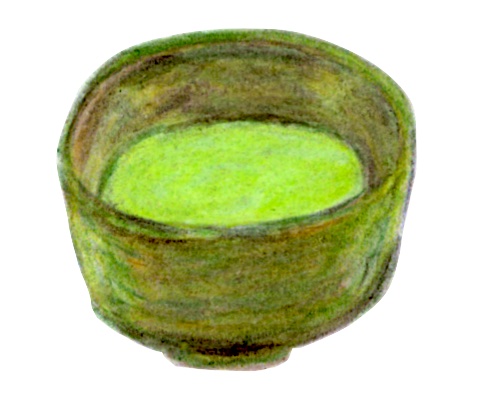
松尾芭蕉
Another Japanese historical figure that has left their fingerprints all over the concept and popularity of wabi-sabi is Matsuo Basho (1644-1694), arguably the most famous haiku poet in history.
わび・さびの概念と人気に足跡を残したもう一人の日本の歴史上の人物は、松尾芭蕉(1644-1694)であり、間違いなく史上最も有名な俳人です。
He wrote the following legendary haiku, known to many.
彼は次の伝説的な俳句を書いており、多くの人に知られています。
an old pond / a frog jumps in / the splash of water
ふるいけや、かわずとびこむ、水の音
He writes about the natural scenes around him and captures their feeling of them with simple elements.
彼は身の回りの自然の情景について書き、その感覚をシンプルな要素で捉えています。
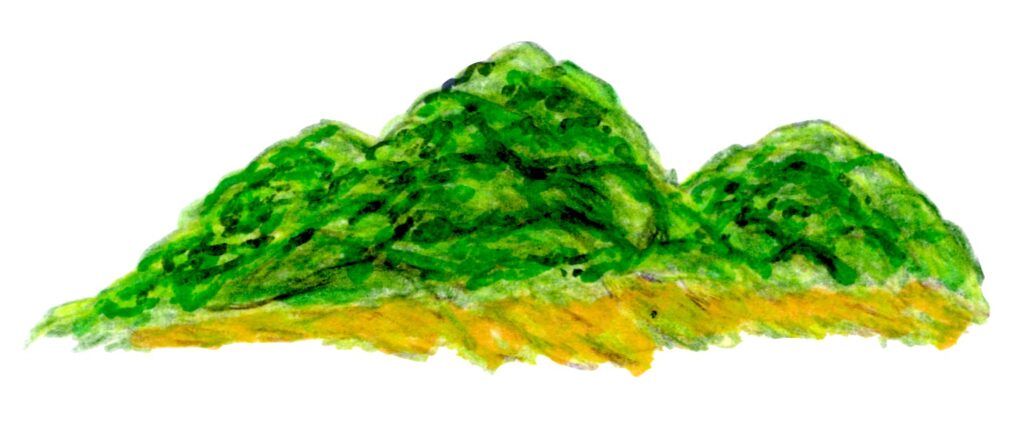
金継を英語で説明する
Kintsugi, literally meaning “to mend with gold”, is the practice of repairing broken ceramics with lacquer dusted with gold powder.
金継ぎは、文字通り「金で直す」という意味で、金粉をまぶした漆で割れた陶磁器を修復する方法です。
This process highlights and showcases all the places the piece was damaged, instead of hiding them as would usually be expected when repairing something.
修理のように傷を隠すのではなく、傷のあるところをすべて見せるのです。
In fact, the idea of kintsugi is that there is beauty to be found in an object’s damage. The practice finds its origin in Zen Buddhism and embodies wabi-sabi ideals profoundly.
金継ぎとは、「傷んでいるところにこそ美しさがある」という考え方です。禅宗を起源とし、わび・さびを深く体現しているのです。
今に見る「わび・さび」を英語で説明する
Sakura is a great example of wabi-sabi today. For two precious weeks, the sakura trees bloom, covering the country in a blanket of pink and white.
桜は今日に見るわびさびの良い例です。桜の開花は2週間ほどで、日本中がピンクと白で覆われます。
The Japanese flock to parks and river banks to marvel at the flowers’ beauty before they vanish not to appear for another year.
日本人は公園や川岸に集まり、消える前に、翌年まで見られない花の美しさに感嘆します。
The same sort of ritual occurs in autumn when the leaves change color.
秋の紅葉の季節も同じようなことが行われます。
The transient nature of these phenomena is said to remind one of the fleeting nature of life itself.
このような儚い現象は、人生の儚さを思い起こさせると言われています。
Let wabi-sabi inspire you to embrace humility, simplicity and impermanent natural occurrences, just as it continues to inspire the Japanese in countless ways.
侘び寂びは、日本人に多くのインスピレーションを与え続けているように、あなたにも謙虚さ、シンプルさ、そして無常な自然の現象を受け入れるインスピレーションを与えてくれることでしょう。
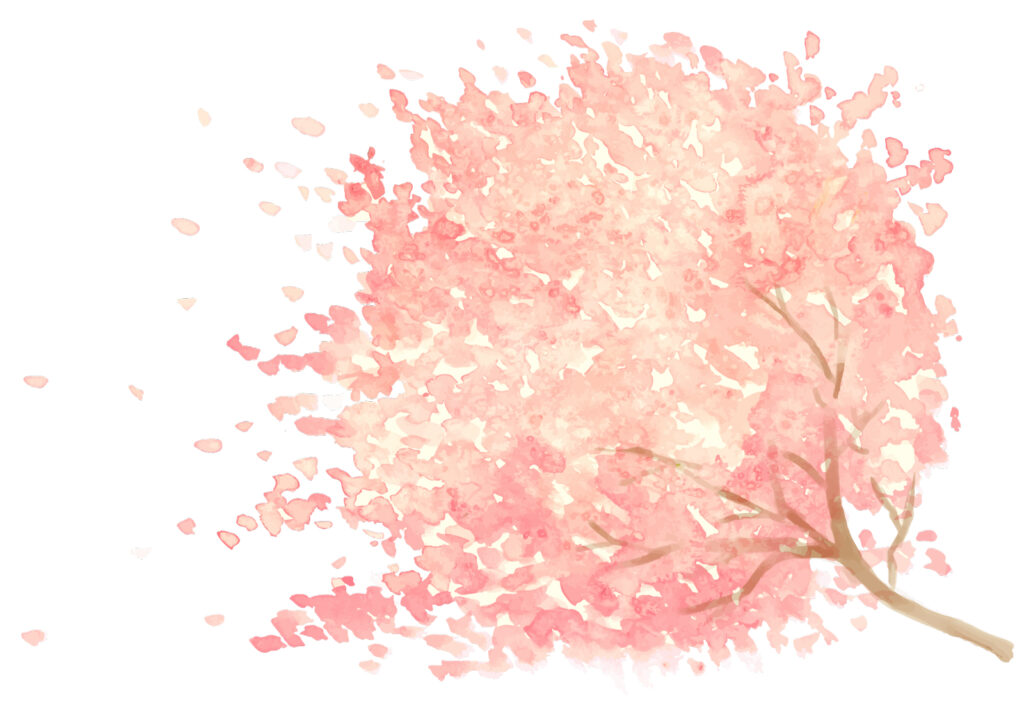
まとめ
日本独特の概念であるわびさびについて、英語での説明の仕方を解説してまいりました。
外国人の方に伝える機会があれば、ぜひ参考にしてください。
英語を活かして外国人ゲストをおもてなし!
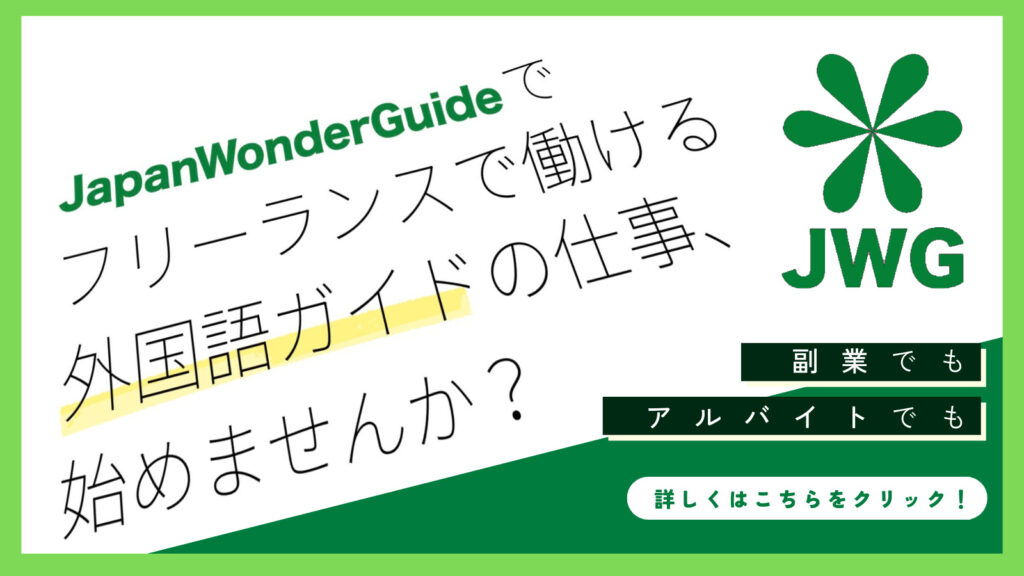
- 日本の魅力を外国人に紹介したい
- 英語や語学を活かした仕事がしたい
- 人を喜ばせることが好き
そんな方にぴったりな仕事が通訳案内士やツアーガイドのお仕事です。
通訳案内士(ツアーガイド)は、一緒に街を歩いて、地域の歴史や文化をお話しながら、外国人ゲスト一人一人の旅が素敵なものになるようお手伝いします。
ガイドの印象によって、日本の印象が決まると言っても過言ではありません。
人を楽しませることが好きで、日本の魅力を世界に伝えたい!という情熱をお持ちの方は、ツアーガイドを目指しませんか?

JapanWonderGuide(JWG)は「日本のガイドの質を世界一に」をスローガンに掲げるガイドコミュニティです。
2020年から活動を開始し、全国通訳案内士等を中心に、現在は、3,300名を超えるコミュニティとなっております。
JWGの有料会員(KNOTTER, ノッター)にご登録いただくと、月額1,000円(税込1,100円)で、
ガイディングやビジネスに活きる知識・スキルが身につく研修動画、E-Learningが見放題!有料コンテンツを無料でご視聴いただけます。
そのほか、人気観光施設の最新情報や裏話をお届けするJWG Live!の見逃し配信、各研修の割引などをご利用いただけます。
さらに、有料、無料会員様ともに研修やイベント情報など、ガイドに役立つ内容がたっぷり詰まったメルマガを月に2回お届けします。
また、ガイド仲間を見つけ、交流できるFacebookグループにもご招待!情報交換の場としてお使いください。
【JWG会員でできること】
| フリーメンバー | KNOTTER | KNOTTER+ | |
| 料金 | 無料 | 月額1,000円 (税込1,100円) | 年間14,000円※ (税込15,400円) |
| 期間 | 無期限 | 毎月自動更新 | 2025年8月31日まで |
| ①メンバー限定Facebookグループご招待 | ○ | ○ | ○ |
| ②メンバー向けメルマガ受信 | ○ | ○ | ○ |
| ③JWG Live!見逃し配信 | △ | ○ | ○ |
| ④JWG主催研修割引 | – | ○ | ○ |
| ⑤JWG交流会へご招待 | 有料 | 無料 | 無料 |
| ⑥通訳案内研修 | – (3,500円) | 無料 | 無料 |
| ⑦JWG動画配信 | 有料 | 無料 | 無料 |
| ⑧通訳ガイド保険 | – | – | ○ |
※KNOTTER+の会費は加入月によって変動します
JWGでは、ガイドのスキルアップを目指す方や、ガイドに挑戦したい新人ガイドさん、
ガイドに興味のある方を全力サポートいたします!
「学校の合間に」「週末だけ」
JapanWonderGuideと一緒に、「ツアーガイド」の世界の扉を開きませんか?





